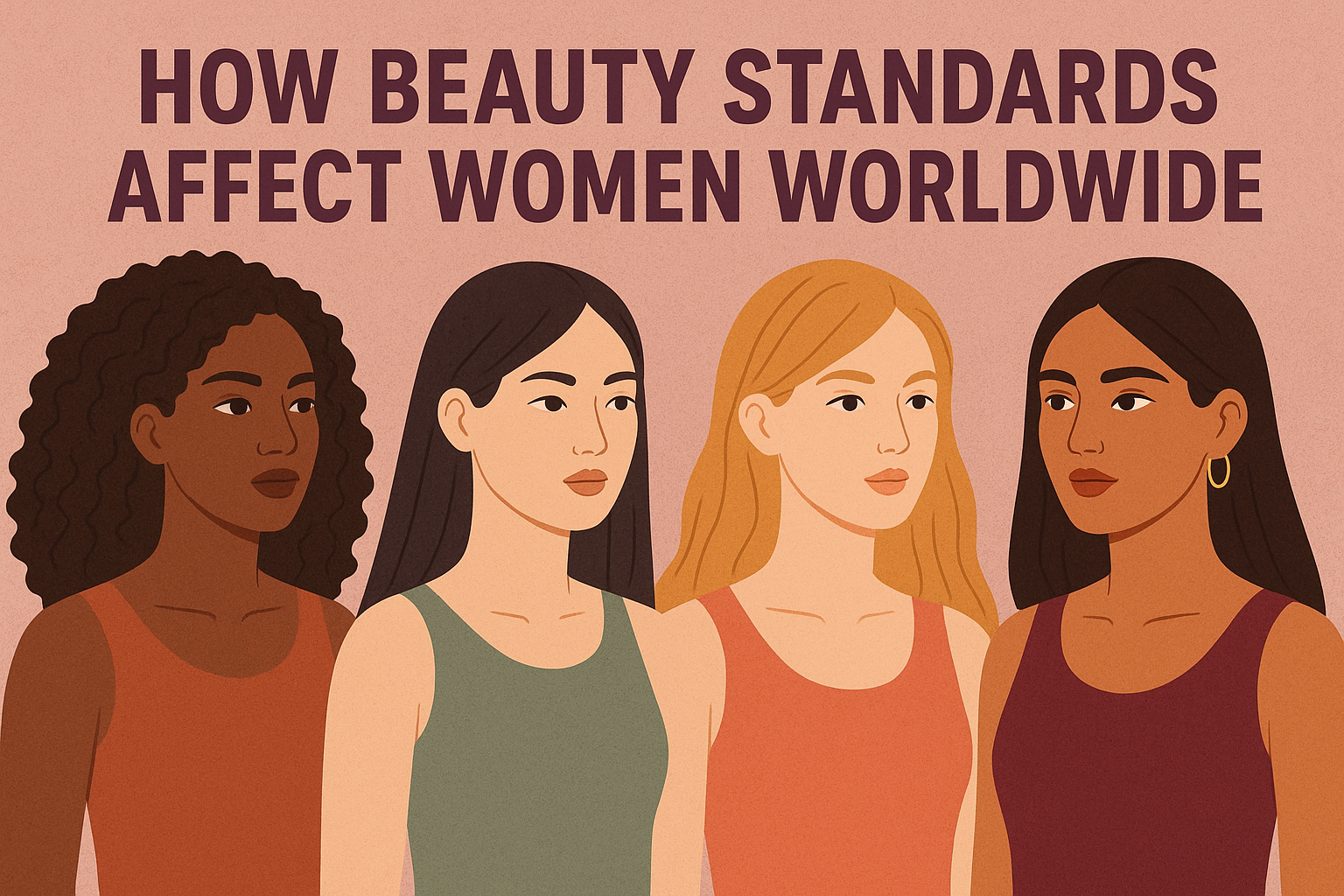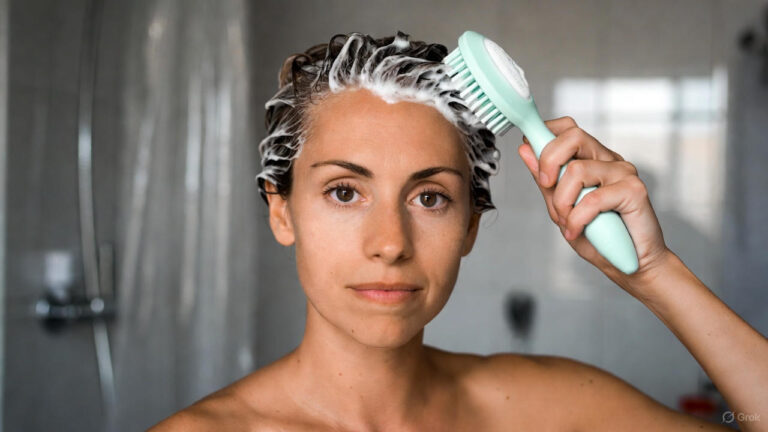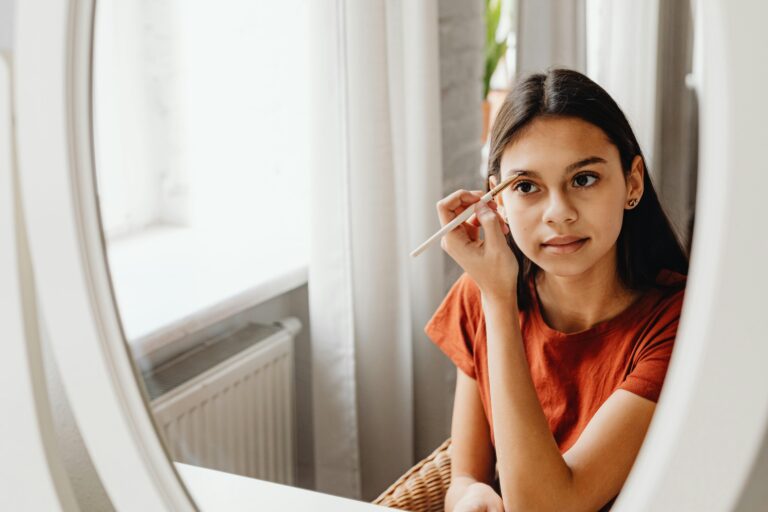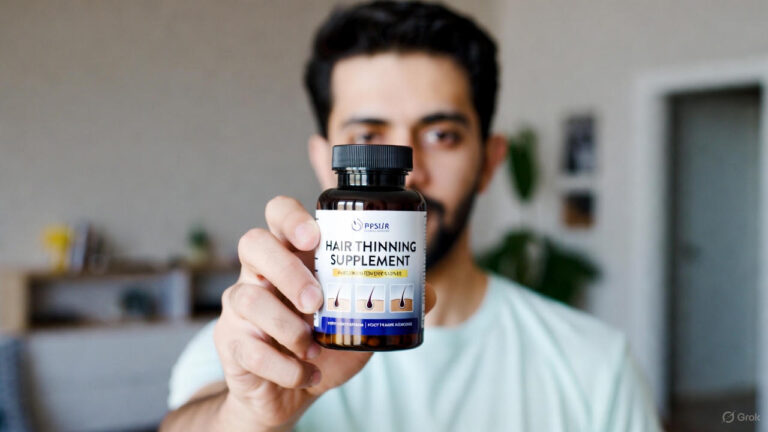How beauty standards affect women worldwide isn’t just about appearance. It touches identity, opportunity, and even safety. Across continents, women face expectations about how they should look, often shaped by culture, media, and history.
You’ve likely noticed these pressures yourself. Maybe it’s the push to have flawless skin, a certain body shape, or a specific hairstyle. These ideals shift from place to place, but the weight they carry is surprisingly similar everywhere.
The Cultural Weight of Beauty Standards
Beauty standards don’t appear out of thin air. They come from cultural roots, often linked to tradition and social hierarchy. In some Asian countries, pale skin symbolizes wealth, while in many Western countries, tanned skin signals leisure and health.
In India, fair skin historically connected to caste and colonial influence. Skin-lightening products still dominate markets, even as younger generations challenge the idea. Meanwhile, in Latin America, curves are often celebrated, but slim waists remain prized. These contrasting ideals show how culture frames what “beautiful” means.
This matters because beauty often ties to respect, job opportunities, and marriage prospects. Women might feel pressure to fit an ideal just to access the same chances others get naturally.
Media and Global Influence
Media is a major driver of what people consider attractive. Movies, ads, and now social platforms spread beauty ideals instantly. The problem? These images often feature digitally altered bodies or impossible proportions.
Think about the impact of Hollywood. Its global reach has influenced beauty ideals far beyond the United States. Thinness, symmetry, and youth dominate, creating a narrow standard that many can’t reach naturally.
Social media complicates things. Apps like Instagram and TikTok amplify trends overnight. The “Instagram face”—big lips, small nose, sharp jawline—shows how one look can dominate across cultures, even when it doesn’t reflect local diversity.
Psychological Effects on Women
How beauty standards affect women worldwide is deeply psychological. Constant exposure to unrealistic ideals can lower self-esteem, trigger body dysmorphia, and encourage harmful habits.
Studies show that women who compare themselves to idealized images feel less satisfied with their own bodies. This dissatisfaction can lead to dieting extremes, cosmetic procedures, or hiding from social situations.
One global survey by Dove found that only 4% of women describe themselves as beautiful. That’s not a coincidence—it’s a reflection of how powerful and often punishing these ideals can be.
Economic Impact and Opportunity Gaps
Beauty can influence careers. Research suggests that women seen as attractive may receive better job offers, higher pay, or more promotions. While that sounds like a benefit, it also reinforces unfair systems.
Women who don’t meet local beauty standards might face bias, even if they’re more skilled. In some industries, appearance isn’t just a plus—it’s a silent requirement. From hospitality to corporate marketing, beauty often gets mistaken for competence.
Globally, entire industries profit from insecurity. Skincare, plastic surgery, diet products—all thrive because standards are both powerful and unreachable. The money at stake keeps the cycle spinning.
Physical Risks and Health Trade-offs
In many regions, beauty practices can be physically dangerous. From tight corsets in Victorian England to modern waist trainers, the pursuit of a certain figure has long had costs.
Today, some women undergo risky cosmetic surgeries or take unregulated supplements. Others use skin-bleaching creams that contain harmful chemicals. In countries where thinness dominates, eating disorders have risen alongside social pressure.
This isn’t about vanity—it’s survival in a system that rewards compliance and punishes difference.
Social Pressure and Identity Conflicts
Women often feel torn between cultural pride and global trends. A woman in Nigeria might celebrate natural hairstyles at home but feel pressured to straighten them in international business settings.
Similarly, East Asian women sometimes undergo eyelid surgery to match Western beauty preferences, while Western influencers now celebrate “fox eye” makeup that mimics the look naturally found in Asian populations.
These contradictions reveal how fluid yet demanding beauty standards are. They shift, overlap, and sometimes even contradict each other, leaving women to navigate confusing expectations.
Positive Change and Global Pushback
Here’s the good news: the conversation is changing. Social movements challenge old beauty rules. Body positivity campaigns highlight all sizes. Natural hair advocacy celebrates texture and culture. Plus, more brands now offer makeup for every skin tone.
Platforms like TikTok have also given space to communities celebrating authentic looks. From plus-size fashion influencers to campaigns against photo editing, many women use these tools to rewrite the rules.
In South Korea, the “Escape the Corset” movement encourages women to abandon heavy makeup and elaborate beauty routines. It’s proof that collective action can shift culture.
Conclusion
How beauty standards affect women worldwide is a story of pressure, resilience, and change. These ideals hold power, but they’re not permanent. The more women challenge them, the freer everyone becomes.
FAQs
1. Why do beauty standards affect women worldwide so strongly?
Because beauty is often tied to social acceptance, work opportunities, and cultural pride. Pressure builds when these areas overlap.
2. Are beauty standards the same everywhere?
No, they vary by culture. But global media spreads certain trends so widely that many places now share overlapping ideals.
3. How can women protect their self-esteem from beauty pressures?
Limiting exposure to unrealistic images, following diverse influencers, and focusing on personal health over trends helps.
4. What role do men play in changing beauty standards?
Men can support change by rejecting narrow ideals, respecting individual choices, and challenging industries that profit from insecurity.
5. Will beauty standards ever stop affecting women worldwide?
Probably not completely. But ongoing conversations, representation, and education can make them less harmful and more inclusive.



